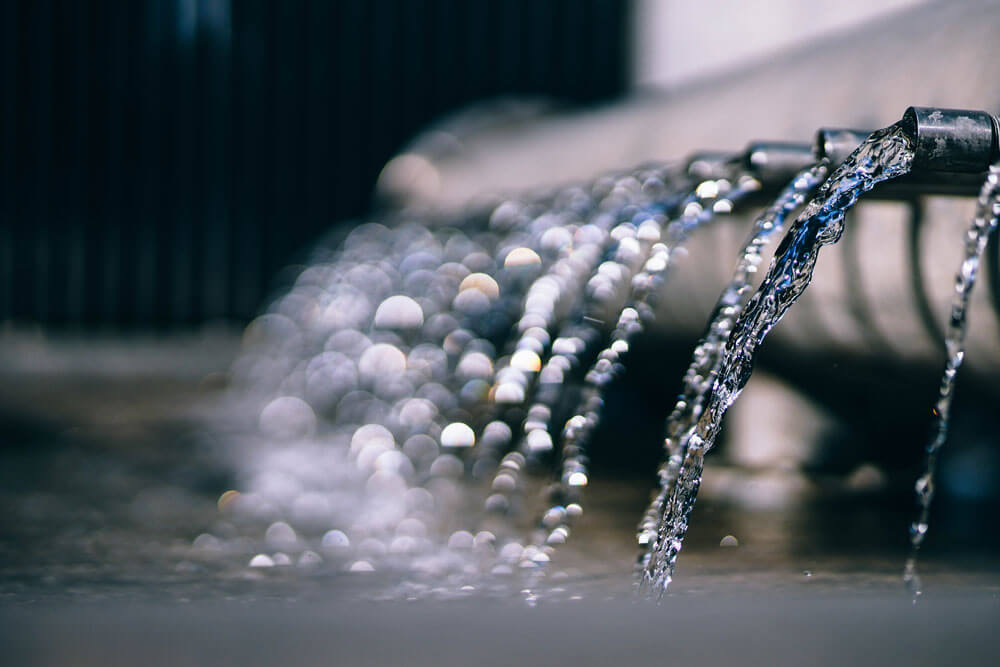When it Comes to Water Quality, We Need Thoughtful Solutions

Stormwater runoff is a serious water quality problem in Vermont that demands action. There is a fine balance between moving forward with urgency and unnecessarily compromising on cost-effective solutions. We must use the best available science and technology to ensure we select the most efficient path to clean water. I think Vermonters want us, and expect us, to invest their money wisely.
For those not familiar with the stormwater management rule, it is part of Vermont’s Clean Water Act (Act 64) passed in 2015. Among other things, Act 64 requires state agencies to put new programs into place that address polluted runoff from developed lands, including directing the Agency of Natural Resources to establish a rule that requires installation of stormwater controls on properties with three or more acres of impervious surfaces (like parking lots and roofs). Stormwater controls include things like ponds and rain gardens that improve water quality and reduce runoff.
Over the last few months, I have been working with my team of scientists and engineers to develop a stormwater management rule that achieves the important water quality goals required by Act 64. My team has identified ways to improve the Agency’s efforts to reduce stormwater pollution and strategically meet our water quality goals, but this new approach will require modification of the current statute.
This new approach includes a tailored solution to address specific water quality challenges in different parts of the state. The new rule will not compromise the substantial environmental benefits Act 64 is intended to achieve, but will do so without placing unnecessary financial strain on Vermont’s businesses and property owners.
One way the stormwater management rule will be improved is through regional stormwater strategies. These tailored approaches will support watershed-specific solutions. The Lake Champlain and Lake Memphremagog watersheds need a phosphorous-reduction approach while Connecticut River watershed requires nitrogen-reduction strategies. Just to our south in Massachusetts, research by the U.S EPA found that the cost of stormwater controls could be reduced by more than 60 percent simply by optimizing stormwater management and tailoring the controls to the pollutant of concern.
We also need a rule that doesn’t place undue burden on property owners. The retrofits necessary to treat stormwater pollution from existing development can be expensive, and there is an opportunity to develop more cost-effective, pollutant-specific practices that will achieve our water quality goals. The affected properties are not simply box-store parking lots. Rather, they’re high schools, nursing homes, homeowner associations and hospitals. These establishments were built before stormwater management was required for all new, large-scale developments. If we were to continue to rely on the existing approach, the estimated total cost of installing stormwater controls over the next 20 years exceeds $350 million.
The new approach identified by my team will not slow down the implementation of stormwater control projects identified in the pollution budget for Lake Champlain. The timeframe for compliance with the new rule will remain the same, with the rule going into effect in 2023 as directed by Act 64. In fact, the proposed rule changes would actually accelerate implementation in some cases, like with Lake Memphremagog.
Our commitment to clean water cannot be measured simply in the dollars Vermonters are asked to spend to address the problem. I would hope it could go without saying that the primary goal of Vermont’s clean water initiative is not simply to spend money, rather it is to reach water quality standards.
The governor, the administration, and my team at the Agency of Natural Resources remain fully committed to clean water—and we will be strategic, thoughtful and intentional in how we invest your dollars.
Julie Moore is the Secretary of the Vermont Agency of Natural Resources, the state agency with primary responsibility for protecting and sustaining Vermont’s environment, natural resources, wildlife and forests, and for maintaining Vermont’s beloved state parks. Moore was named to that position by Governor Phil Scott in January 2017.

